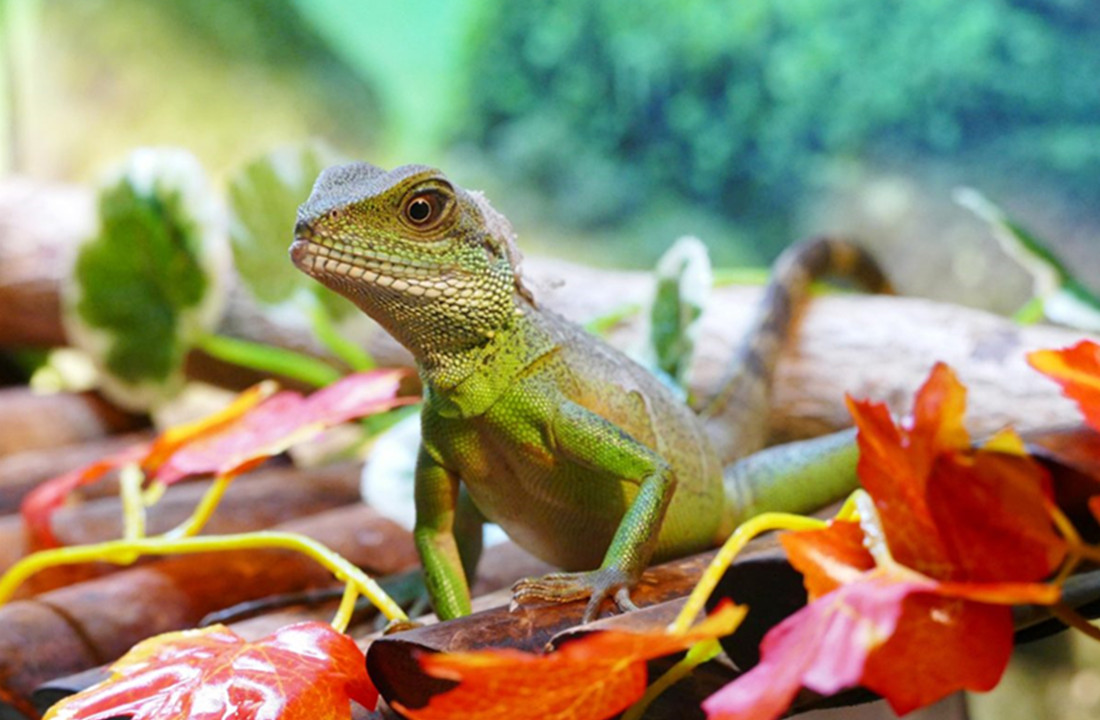
Are you considering buying a pet reptiles? Lizards and snakes can make wonderful pets for those looking for something other than the traditional dog or cat. At the same time, as with any new pet purchase, it’s important to take steps to ensure that the reptile you are taking home is healthy and will likely be by your side for many years.
Check the body
The first thing to do before buying a new reptile is to thoroughly check its body. A healthy reptile looks more fleshy and plump than thin and bony. Stay away from lizards with exposed tailbones and protruding hip bones. Likewise, you shouldn’t be able to see a snake’s backbone, and there should be a lot of meat between the front legs and neck of a turtle you’re considering.
Look over the skin
A reptile’s skin will also help you determine whether or not it is healthy. If the skin is dull or wrinkled, it is a tell-tale sign that the reptile is dehydrated and unhealthy. A healthy reptile’s skin should be supple, while a turtle’s shell should be firm. You should also make sure that the reptile’s skin or shell is free from scratches, bites, or defects.

Examine the eyes
Looking into a reptile’s eyes also gives you a good idea of whether or not they are healthy. A healthy reptiles eyes are clear and clean, which means that no crusted material or discharge should come out of the eyes. Also, a reptile’s eyes shouldn’t be puffy, as this is a sign that they are suffering from systemic disease.
Examine the head
In addition to the eyes, many other areas on the head should be examined. A runny nose, for example, is a sign of poor health. In addition, the reptiles mouth should be pink and smooth. A gray or pale pink mouth can be a sign of illness, as can green, white, or yellow spots on the tongue or inside the mouth. You should also examine the rest of the reptile’s head to make sure it doesn’t swell and is symmetrical. This includes looking at the reptile’s jaw, as an asymmetrical jaw can be a sign of bone disease or abscess.
